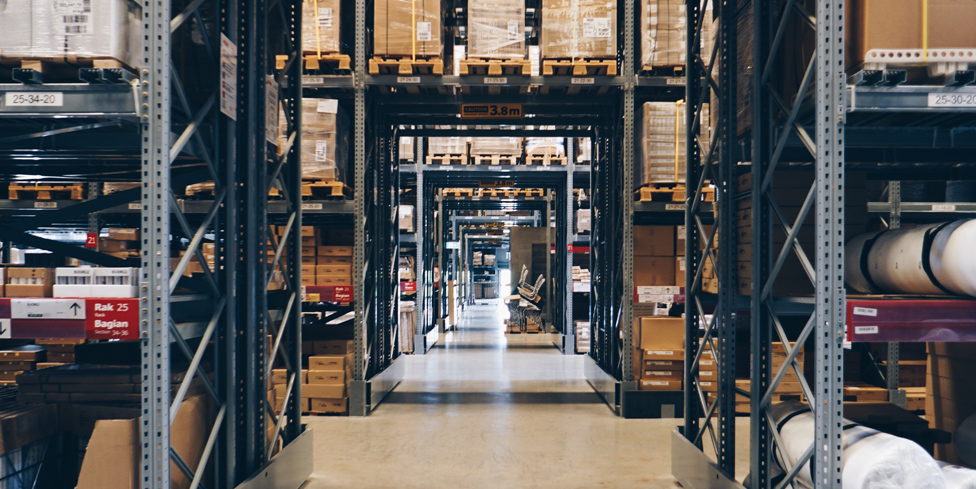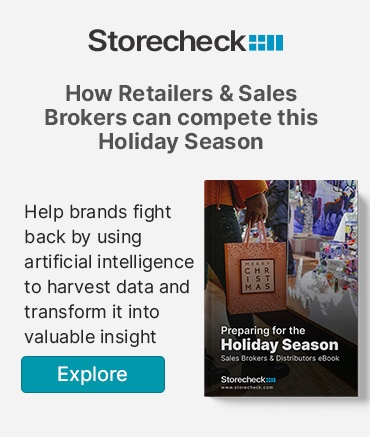The retail and consumer packaged goods (CPG) industries are constantly evolving and are impacted by a host of forcing functions, including economics, supply and even the weather. One of the most powerful of these influences, however, is consumer sentiment and behaviour, which results in shifts and trends that can make or break an operation if the consumers’ evolving tastes and preferences are not sufficiently met.
The most recent shift in behaviour is the consumers’ increasing migration toward online shopping. It’s an evolution that’s been evident for some time now, but is one that’s been accelerated by the impacts of COVID-19. And, according to industry analysts and observers, many leading retailers are responding to this accelerated shift with plans to transform existing physical locations into ecommerce fulfillment hubs.
With extensive government-imposed lockdowns encouraging customers to stay home and make purchases online, companies are rethinking their physical footprint by repurposing their empty stores for distribution. It’s a more cost-effective way to expand the distribution network and speed up delivery times using existing space that’s close to where customers are located.
Amazon’s effect on customer shopping patterns and expectations
Even before the pandemic hit, rapid fulfillment was an expectation of customers and a major goal of many companies. For years, retailer juggernaut Amazon has set the standard for rapid fulfillment, single-handedly driving a change in customer shopping patterns and expectations and forcing competitors to follow suit.
Almost all shoppers (88%) now say they are willing to pay for same-day or faster delivery and the vast majority of logistics companies (80%) say they will be providing same-day delivery by 2023.
The simple fact is that customers now want faster shipments at a lower cost. If companies want to compete with the likes of Amazon, it means they need to move inventory closer to the consumer. While it may be more efficient to send deliveries from distribution centres, the model isn’t agile enough to meet customer demands for lightning-fast delivery.
In an effort to shorten the last mile for customers, retailers like Walmart are converting parts of their retail spaces into distribution hubs and allowing customers to purchase directly from in-store inventory.
It should come as no surprise that Amazon, too, is working to expand its footprint and same-day delivery network by taking over empty space as the pandemic drives major retailers out of malls.
Rapid fulfillment should be a top goal of retailers in 2021 and reimagining the functionality of all or even part of their physical footprint might be part of the answer.
Don’t forget about the in-store customer
Warehouses are much more efficient than stores. It’s not even close. Companies would do well to remember this. Retail stores are designed for customers and not necessarily for picking, packing and shipping products in large quantities.
When integrating online and in-store sales, companies will likely need to introduce retail execution tools to improve inventory visibility, ensuring they’re keeping shelf inventory at appropriate levels, anticipating out of stocks and overstocks. If too much product is being taken off the shelf, online sales could come at the expense of in-store sales.
The power of retail data harmonization
The move to fulfillment hubs sparks a significant change to the retail ecosystem, presenting CPG companies and others with the need to create greater transparency within their supply chains and to rethink forecasting and fulfillment.
One way to achieve this transparency is by taking advantage of data integration services and retail data solutions like those available from Storecheck, providing brand managers and teams with a holistic view of products and their availability and demand.
Utilizing the power of technology and data, companies can easily and seamlessly digitize their data processes and centralize them on one platform. Equipping business with the right tools will help generate more detailed business intelligence that teams can act on, drive better informed decisions, and ensure more accurate forecasting to meet the evolving fulfillment needs of today’s consumer.










